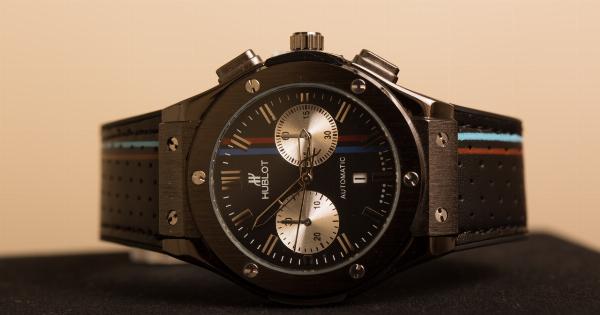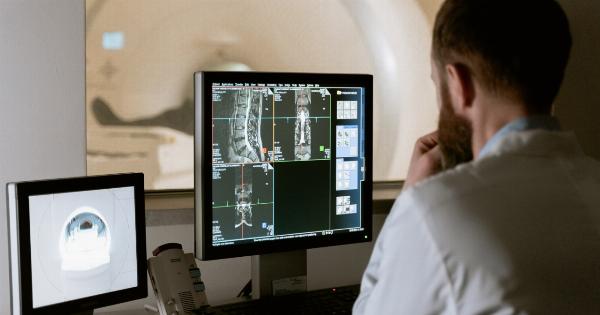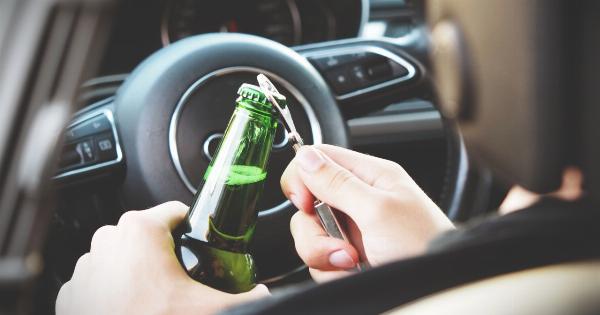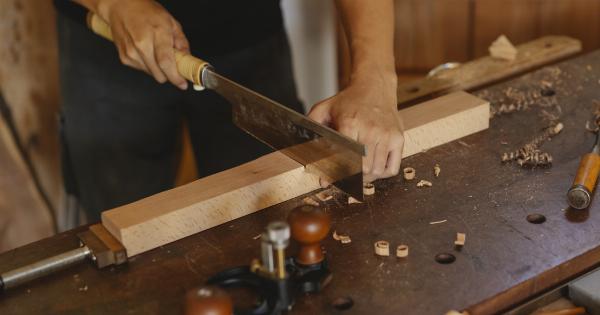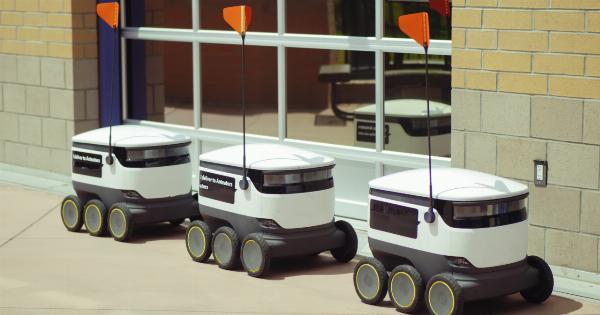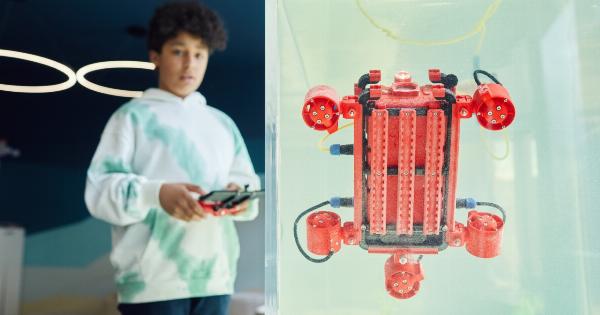A pacemaker is a medical device that is implanted in the chest to regulate the heartbeat of individuals suffering from heart conditions such as arrhythmia and bradycardia.
The pacemaker sends electrical impulses to the heart to keep it beating regularly. Pacemakers have been in use for more than five decades and have helped countless people lead normal lives. However, like most medical devices, pacemakers are not immune to problems.
One of the primary issues with pacemakers is that their batteries need to be replaced every few years, which requires invasive surgery. However, recent breakthroughs in pacemaker technology have been inspired by automatic watch technology.
What is an Automatic Watch?
An automatic watch, also known as a self-winding watch, is a timepiece that winds itself using the natural motion of the wearer’s arm.
Unlike traditional watches, which require manual winding to stay powered, automatic watches harness the kinetic energy generated by the wearer’s movements to wind their mainspring, which provides the watch’s energy. Automatic watches have been around for more than two centuries, and they are prized for their convenience and practicality.
How Does Automatic Watch Technology Inspire Pacemaker Technology?
While it may seem strange to think that a device like an automatic watch can inspire medical technology, the concept is surprisingly simple. Pacemakers currently rely on battery power to function, and those batteries need to be replaced every few years.
This replacement procedure must be done via invasive surgery, which carries certain risks, and can be expensive. However, by using the same technology found in automatic watches, scientists have found a way to power pacemakers using the body’s kinetic energy, eliminating the need for battery replacement.
The breakthrough comes from a tiny device that is implanted into the heart and contains a generator that produces electricity when it is subjected to the natural movement of the heart’s walls.
This generator can produce enough energy to power the pacemaker, making battery replacement unnecessary. The device is called a “self-winding cardiac pacemaker,” and it has the potential to revolutionize the way pacemakers are used worldwide.
What are the Benefits of Self-Winding Pacemakers?
The biggest advantage of self-winding pacemakers is that they eliminate the need for battery replacement, which is currently a significant problem for patients who rely on pacemakers for their wellbeing.
Battery replacement requires invasive surgery, which can be painful, expensive, and carries certain risks. By removing the need for battery replacement, self-winding pacemakers offer a more convenient and safer alternative that could benefit millions of people worldwide.
Self-winding pacemakers are also more environmentally friendly than battery-powered pacemakers. Battery-powered pacemakers rely on lithium batteries that are not biodegradable and can be harmful to the environment if not disposed of correctly.
Self-winding pacemakers, on the other hand, utilize the body’s kinetic energy, making them a green alternative that is more sustainable and less harmful to the environment.
What are the Challenges of Self-Winding Pacemakers?
While self-winding pacemakers offer many advantages, they are not without challenges. One of the biggest challenges is that they require a precise and consistent source of natural energy to function correctly.
The generator inside the self-winding pacemakers must be able to produce a consistent amount of energy regardless of the patient’s activity level. This makes it challenging to design a self-winding pacemaker that works for everyone, as an individual’s heart rate and activity level can vary significantly depending on their age, health, and lifestyle.
Another challenge is that self-winding pacemakers are still a relatively new technology, and there is limited data to show their long-term effectiveness.
Future research will be needed to determine whether self-winding pacemakers are as effective as battery-powered pacemakers in treating heart conditions and whether they are safe for long-term use.
Conclusion
The breakthrough in pacemaker technology that has been inspired by automatic watch technology has the potential to revolutionize the way pacemakers are used worldwide.
Self-winding pacemakers offer a more convenient and safer alternative to battery-powered pacemakers by removing the need for battery replacement, and they are more environmentally friendly. However, there are still many challenges that need to be overcome before self-winding pacemakers can become a viable alternative to battery-powered pacemakers.
Future research will be needed to determine the long-term effectiveness and safety of self-winding pacemakers, but the initial results are promising and offer hope to millions of people worldwide who rely on pacemakers.

